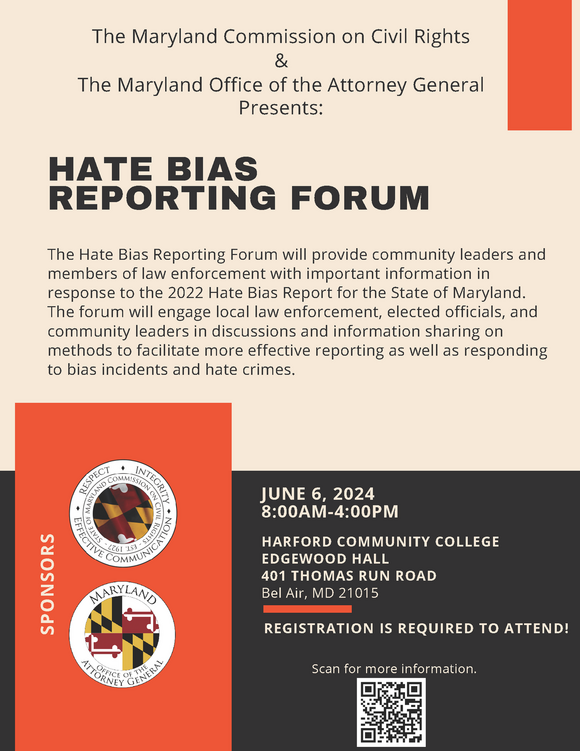The open-source tool, which is available for free, addresses bias in large language models. Zillow's open-source tool, the Fair Housing Classifier, is part of the company’s efforts to “promote responsible and unbiased behavior in real estate conversations powered by large language model (LLM) technology.“ Zillow explained that artificial intelligence (AI) tools often fail to account for the myriad requirements of fair housing laws. These tools, when deployed, “can perpetuate bias and undermine the progress achieved in advocating for fair housing.“
The Fair Housing Classifier (FHC) is designed to act as a protective measure against steering, or the act of influencing a person’s choice of home based upon protected characteristics. The Fair Housing Act of 1968, as amended, prohibits discrimination in housing based on race, color, religion, gender, disability, familial status or national origin. The FHC is equipped to detect questions “that could lead to discriminatory responses about legally protected groups in real estate experiences, such as search or chatbots.“ The AI technology can identify cases of noncompliance with equal housing laws when it is given a question or answer. System developers have the ability to intervene in these cases.
“In today’s rapidly evolving AI landscape, promoting safe, secure and trustworthy AI practices in housing and lending is becoming increasingly important to protect consumers against algorithmic harms,“ Michael Akinwumi, chief responsible AI officer for the National Fair Housing Alliance, said in a statement. “Zillow’s open-source approach sets an admirable precedent for responsible innovation. We encourage other organizations and coalition groups to actively participate, test, and enhance the model and share their findings with the public.”
Companies and individuals that want to use the Fair Housing Classifier can access its code and comprehensive framework on its page on GitHub. Anyone wanting to provide feedback and/or improve the tool can connect with the email alias on the GitHub page.









